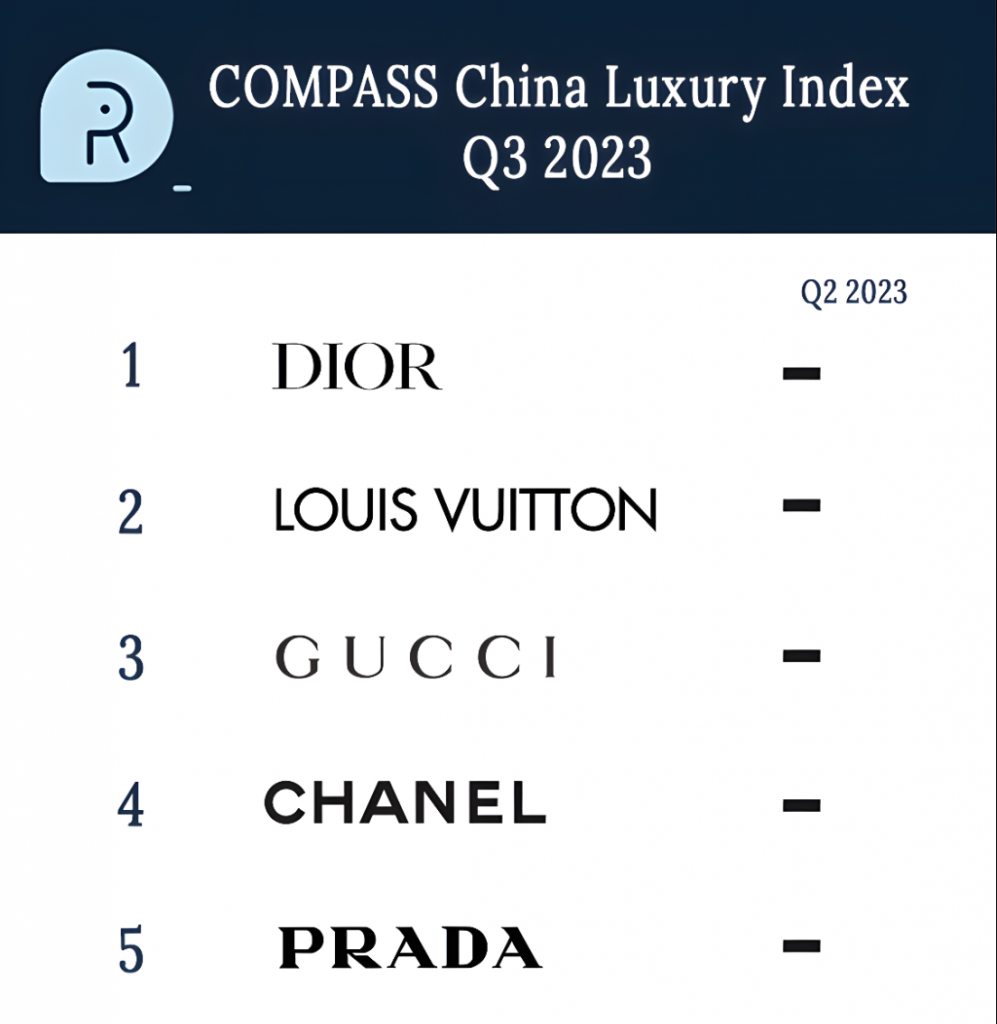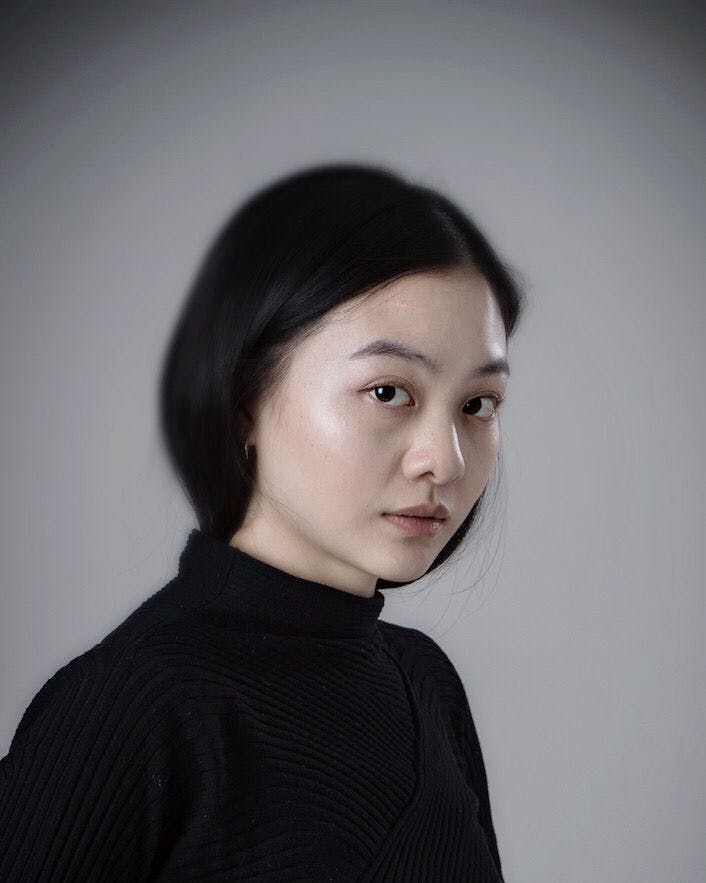What happened
Dior emerged as the clear winner across Chinese social media in the third quarter of 2023, according to Shanghai-based data solutions agency Re-Hub, which shared its 2023 Q3 Compass China Luxury Index in an exclusive with Jing Daily.
The French luxury house came in first on the index, which ranks brands based on user engagement, posts and mentions across platforms including Xiaohongshu, Weibo, WeChat and Douyin. Meanwhile, Louis Vuitton and Gucci clocked in at second and third place, respectively.
Among brands on the rise, Spanish luxury label Loewe climbed 13 places to ninth since Q2's ranking, and accessories-maker Bally and shoe brand Christian Louboutin rose to sixth and seventh place, respectively.

The Jing Take
While China has entered an economic slowdown in recent months, the nation’s fashion and retail sectors remain crucial markets for global luxury brands.
According to Thomas Piachaud, head of strategy at Re-Hub, the performance of international brands in the Chinese market is an important bellwether for how they will fare globally. And social media analysis conducted through the Compass China Luxury Index is one way to gauge a brand's success.
In terms of the methodology behind the ranking, Piachaud explains that brand performance, engagement, posts and mentions via owned and earned media across WeChat, Weibo, Xiaohongshu, and Douyin are examined.
"Each platform and metric is individually ranked, and then averaged for the quarter to form our overall ranking," says Piachaud. "Brands that are engaged with more during the quarter and mentioned more by consumers in an organic way throughout the months will find their way to the higher rankings in our list."
“The top five brands on the list – Dior, Louis Vuitton, Gucci, Chanel and Prada – have been consistent and steadfast over the past quarters, with the typical big players present,” says Piachaud. “Dior wins out among all fashion and accessories brands in China as the top overall brand for the past three quarters."
Since China’s post-Covid-19 reopening this year, Dior has rolled out several successful activations. In July, the French fashion house presented its Fall 2023 ready-to-wear collection titled “Valkryie, Miss Dior” at the Sea World Culture and Arts Center in Shenzhen to much fanfare. The show’s star-studded campaign, which featured actress Zhang Ziyi, as well as brand ambassador Liu Yuxin, saw the collection’s livestream on Weibo attract more than 52 million viewers, while the hashtag "Dior Fall 2023 ready-to-wear Shenzhen Show" generated over 180 million reads in the span of two days.

Notably, Loewe rose to ninth place on the index. The Spanish fashion house recently engaged with cultural consumers via its Qixi Festival (Chinese Valentine’s Day) campaign, which included actor Leo Wu acting in a short promo movie about long-distance lovers.
“Loewe has impressed this quarter, with a strong product focus and the announcement of their ambassador Yang Mi,” says Piachaud.
However, other brands have dropped down the index. Kate Spade was among one of the affordable luxury brands that fell more than 10 places along the 160 brand-strong list, adds Piachaud. In recent months, accessible designer labels including Michael Kors, Coach, and the aforementioned Kate Spade, have seen sales decline in China.
According to Jing Daily’s recent analysis, there has been a noticeable divide in luxury consumer spending as the post-pandemic recovery unfolds: Wealthy elites continue to maintain their high level of luxury expenditure, whereas middle-class consumers, who are facing economic challenges such as increased youth unemployment, are becoming more restrained in their shopping choices.
“The data we are including helps us to understand the overall picture,” says Piachaud. “But there would, of course, be more nuances you can extract by looking in different ways.”
Ultimately, brands will need to proceed with caution in the months ahead, as 2024 looms on the horizon. Strategies that have proven successful, including localization and premiumization, may need to be re-examined as China faces further economic uncertainty.
The Jing Take reports on a piece of the leading news and presents our editorial team’s analysis of the key implications for the luxury industry. In the recurring column, we analyze everything from product drops and mergers to heated debate sprouting on Chinese social media.


